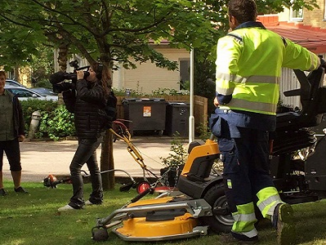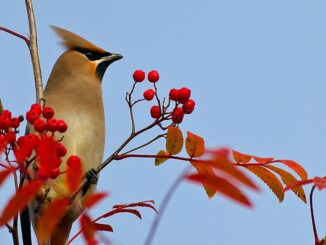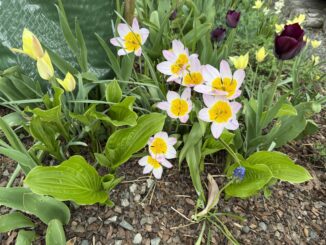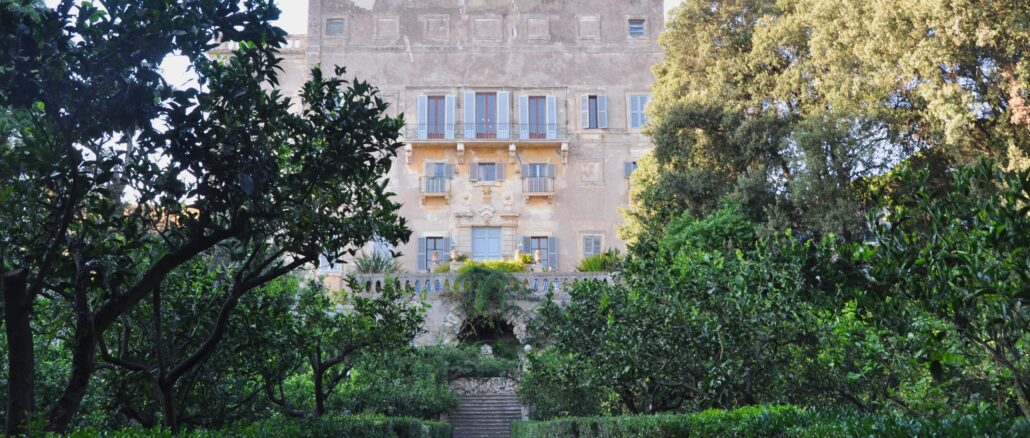
Vid havet mellan Anzio och Nettuno står Villa Borghese, även kallad Villa Bell’Aspetto, en egendom från 1600-talet med en trädgård som har en exotisk smak.
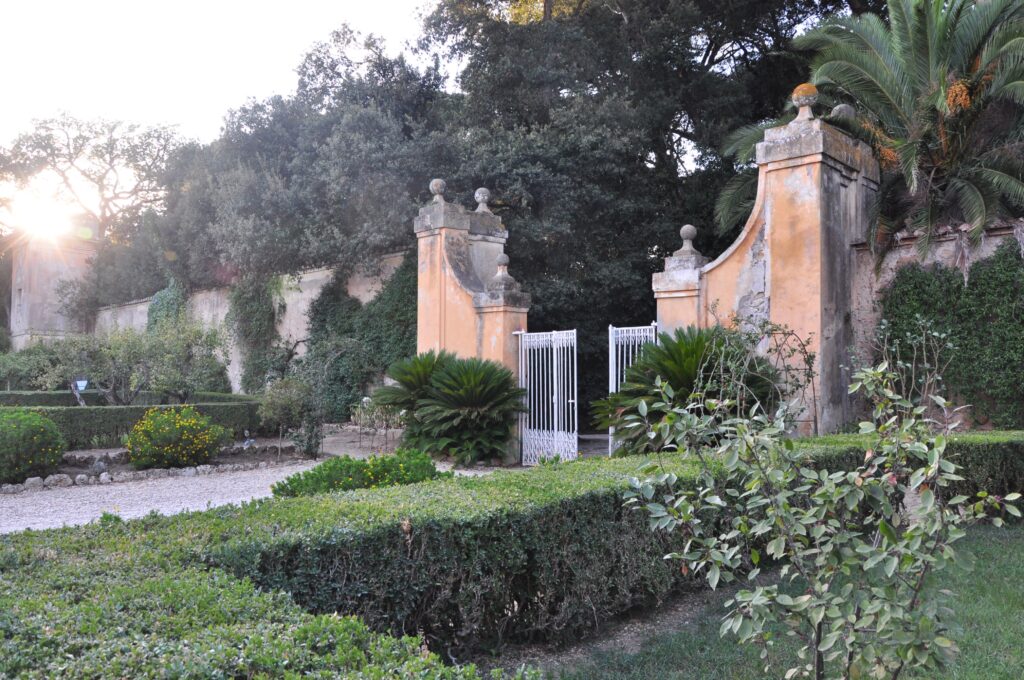
Villan byggdes 1647 av kardinal Vincenzo Costaguti som en jaktstuga. Senare köptes den av familjen Torlonia och 1832 köptes den igen av prins Camillo Borghese, make till Paolina Bonaparte, Napoleons favoritsyster. Villan ägs fortfarande av familjen Borghese som bor här några månader under året.
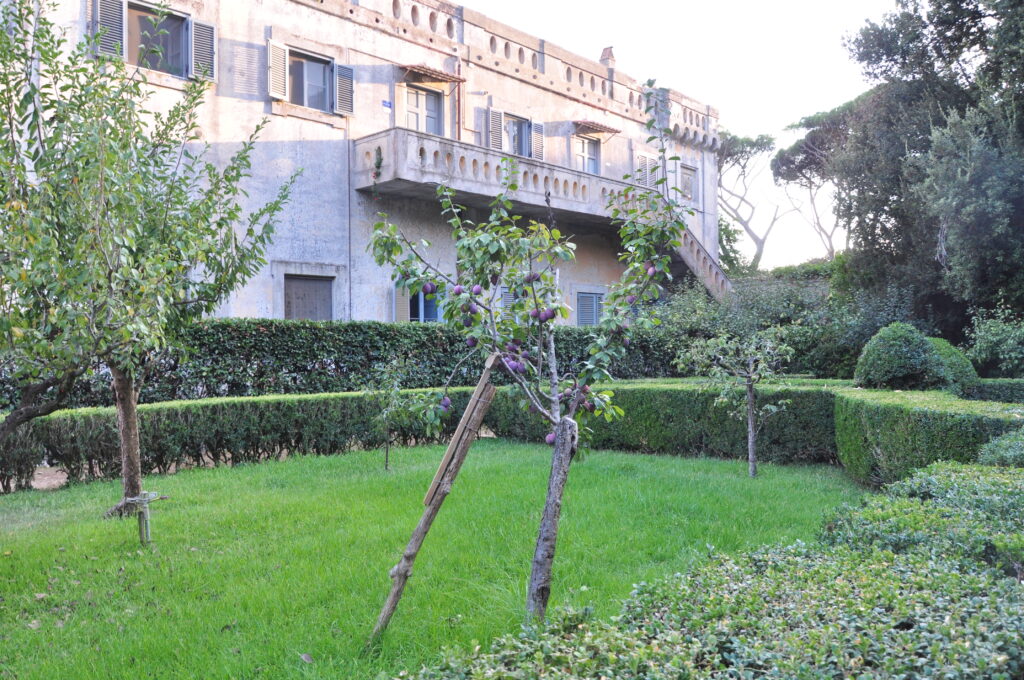
Det ursprungliga namnet ”Villa Bell’Aspetto” (som betyder ungefär “vackert utseende”) berättar hur denna plats var och är exceptionellt vacker, dels tack vare den starka kontrasten mellan skogen som omger gården och utsikten över Lazios djupblå hav.
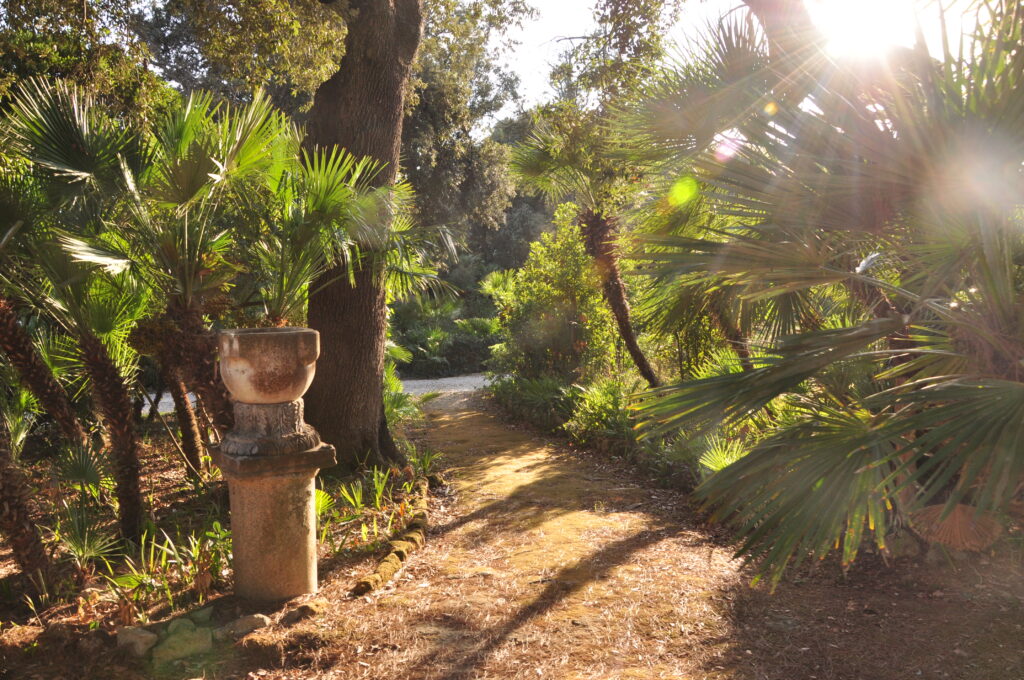
Byggnaden genomgick inga större arkitektoniska förändringar, samtidigt som trädgården ändrade utseende genom århundradena. Det gick från att vara den typiska medelhavsträdgården med stenek, korkträd, duniga ekar och agave till den exotiska trädgården vi beundrar idag. Under de senaste 70 åren har växter som avokado, flamboyanter och dadlar tillkommit.
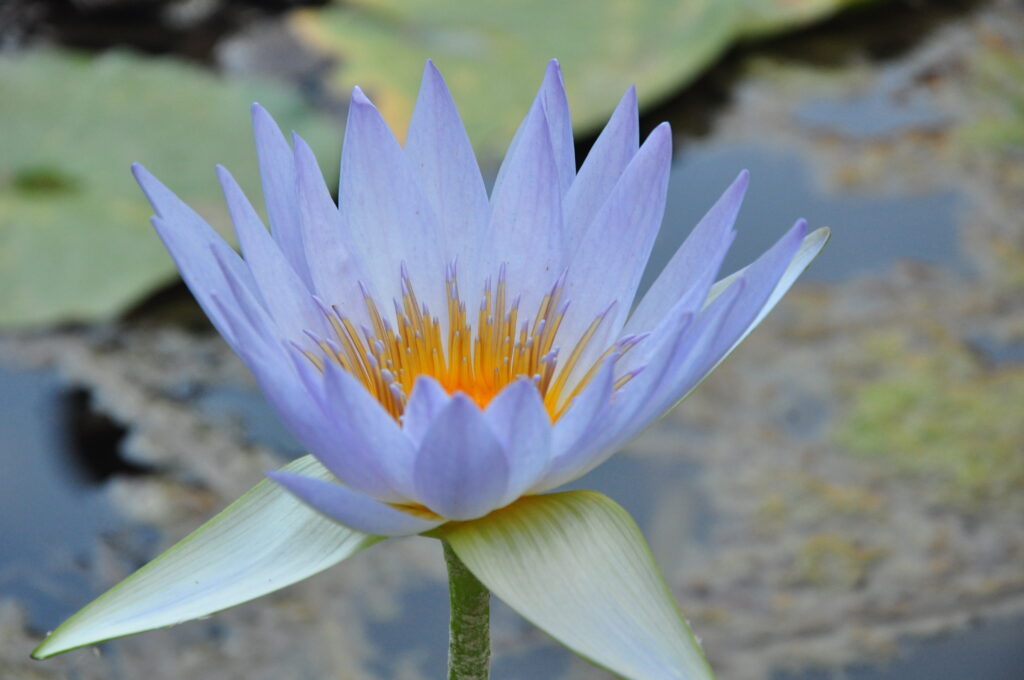
Besöket börjar framför en stor fontän med fantastiska och sällsynta näckrosor som blommar speciellt under sommarsäsongen. Torget, där berget ligger, är utsmyckat av Prinsessan Lydia Borghese som bestämde sig för att plantera säsongsbetonade blommor i blå och gul färg för att hedra hennes ädla och uråldriga familjevapen.
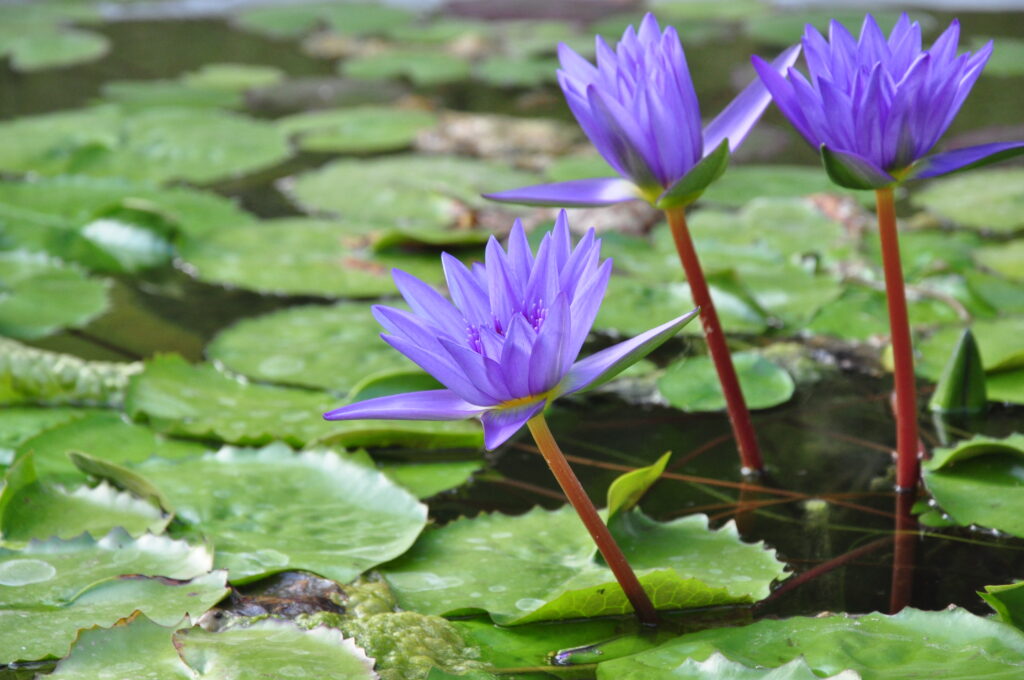
Sedan går man in i undervegetationen, som är rik på akantus, sparris och slaktkvast, för att komma till en apelsinlund i italiensk stil. Här bildar boxhäcken två spegelvända hjärtan, en hyllning från prins Rodolfo till sin älskade fru som beundrade den från villans balkonger.
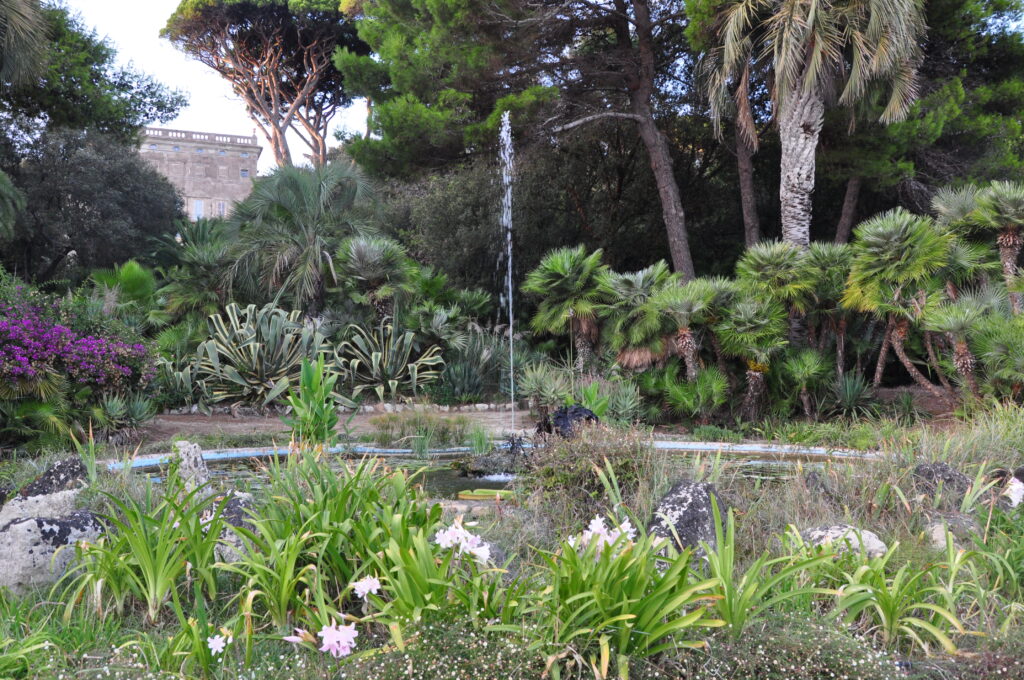
När vi vänder oss mot byggnaden följer vi en trappa som slutar upp i ett nymfeum som är dekorerat med en romersk sarkofag som i sin tur skildrar myten om Atalanta och den kalydonska galten. Trappan leder oss till den ”borgerliga terrassen” och till villans ingång.
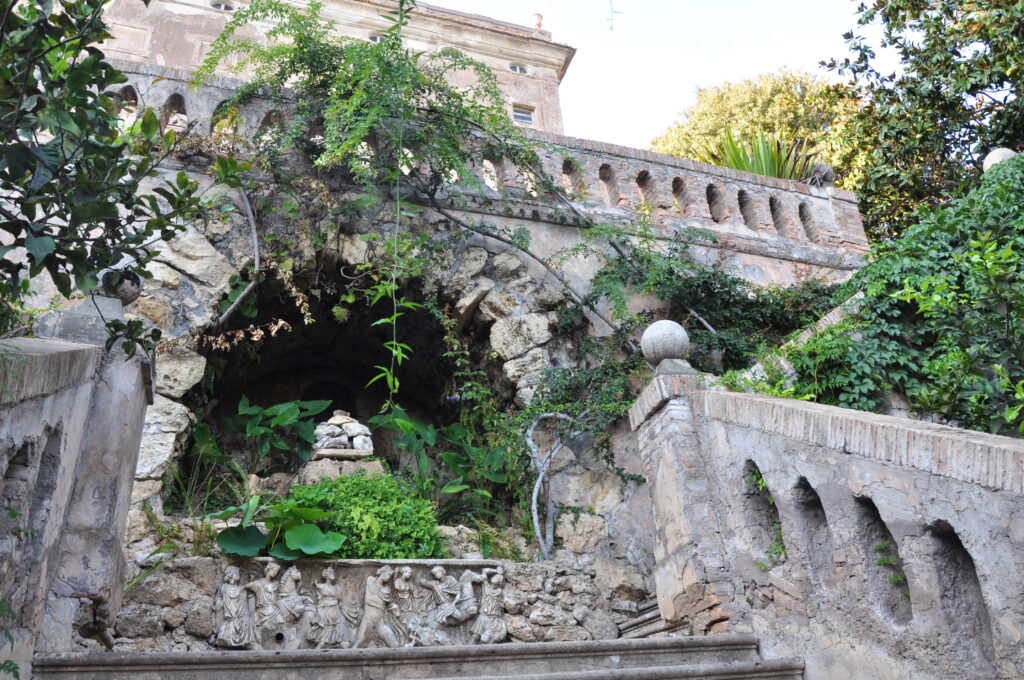
Många berömda gäster välkomnades i villan, bland dem Sveriges drottning Kristina, påven Innocentius XII och Gabriele D’Annunzio. Den italienske poeten stannade här länge tillsammans med sin älskarinna, Eleonora Duse. Medan han var här skrev han pastoraldramat ”La figlia di Iorio” och hon uppfann den scenografiska effekten av rosenblad som föll uppifrån på åskådarna som präglade hennes teaterföreställningar.
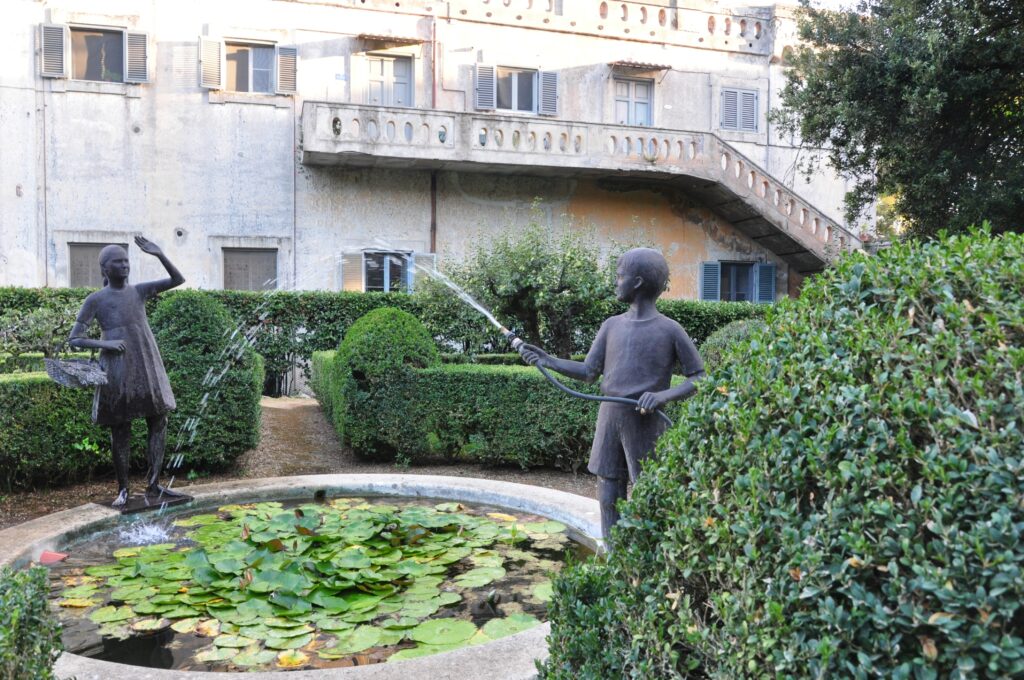
Fortsätter du promenaden kommer du till den bakre gården, också en italiensk renässansträdgård, med trähäckar och fruktträd. Här finns också ”de två barnens fontän” designad av Alasia Borghese som ger livlighet och en touch av modernitet till miljön.
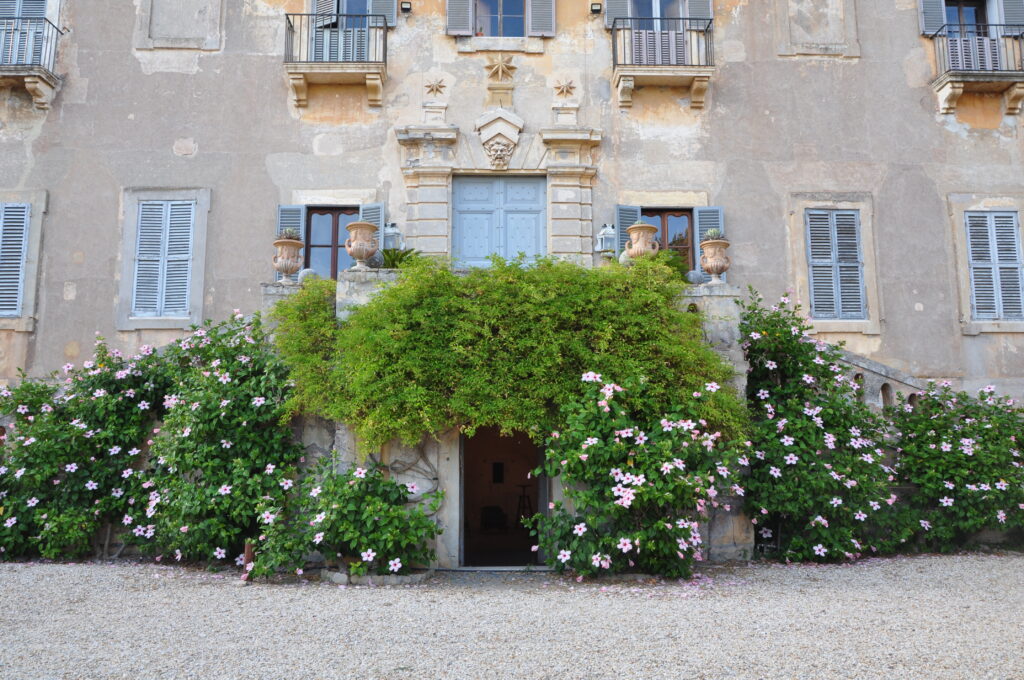
Sedan tar promenaden dig till några gallerier utgrävda i ”macco” (en pliocen kalksten) som användes av den 6e kåren från den 5e amerikanska armén som högkvarter under landningen i Anzio och Nettuno 1944 och som också lämnar ett stort intryck när man ser dem.
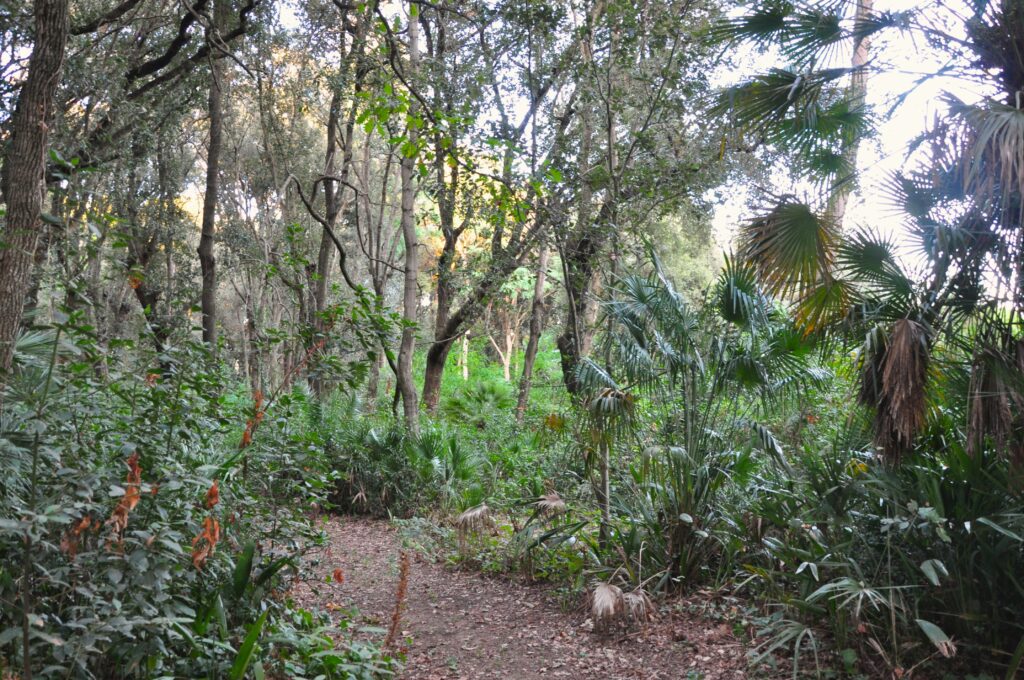
Vandringen avslutas med att korsa en av stigarna i det skogsbevuxna reservatet där du, mitt i en natur som är typisk för Medelhavsområdet med holmekar och korkträd, kan möta exotiska träd som avokadoträd och lite Chorisia Speciosa (även känd som flaskträd eller Kapok-växt), eller de vackra kaktusar som agave och aloe, planterade av den nuvarande prinsessan Borgheses brasilianska mormor.
Villan, uppförd mellan himmel, skog och hav, förkroppsligar all skönhet som dess namn förtäljer och har lyckats överleva århundradena och krigen som har utkämpats hårt just här.
Text av: Ilaria Degl’Innocenti, foto: Maria Malmberg
Originaltext på engelska:
VILLA BELL’ASPETTO, A HIDDEN TREASURE
On the seafront between Anzio and Nettuno, stands Villa Borghese, also named Villa Bell’Aspetto, a seventeenth-century estate with a a garden with an exotic flavor.
The Villa was built in 1647 by Cardinal Vincenzo Costaguti as a hunting lodge. Later it was purchased by the Torlonia family and in 1832 by Prince Camillo Borghese, husband of Paolina Bonaparte,Napoleon’s favourite sister. The Villa is still owned by the Borghese family who lives here for a few months during the year.
The original name “Villa Bell’Aspetto” ( beautiful appearance) tells how this place was of an exceptional beauty, due also to the strong contrast between the woods surrounding the estate and the view over the deep blue of the Lazio sea.
The building did not undergo major architectural changes, while the garden changed its appearance over the centuries. It went from being the typical Mediterranean garden with holm oaks, cork trees, downy oaks and agave to the exotic looking garden we admire today. Over the past 70 years, plants such as avocado, flamboyants and datures have been added.
The visit begins in front of a large fountain eriched with splendid rare water lilies that bloom especially in the summer season. The square, where the mountain is located, is embellished by Pricess Lydia Borghese who decided to plant seasonal blooms in blue e yellow color to refer to the coat of arms of her ancient and noble family.
Then you enter the undergrowth, rich in acanthus, asparagine and butcher’s broom, to arrive at an Italian-style orange grove. Here the box hedge forms two mirrored hearts, a tribute from prince Rodolfo to his beloved wife who admired it from the balconies of the villa.
Turning towards the building, a staircase, ending with a nymphaeum decorated with a Roman sarcophagus depicting the myth of Atalanta and the Calydonian boar, leads us to the “Bourgeoisian terrace” and to the entrance of the villa.
Lots of famous guest found hospitality in the Villa, among them Queen Christina of Sweden, Pope Innocent XII and the Gabriele D’Annunzio. The Italian poet stayed here for a long time together with his lover, Eleonora Duse. While he was here, he wrote the pastoral drama “La figlia di Iorio” and she invented the scenographic effect of the rose petalst that fell from above on the spectators that characterized her theatrical performances.
Continuing the walk, you will arrive at the rear courtyard, also an Italian Renaissance garden, with wood hedges and fruit trees. Here there is also the” fountain of the two children” designed by Alasia Borghese and which gives liveliness and a touch of modernity to the environment.
Then the walk take you to some galleries excaveted in the “macco”(a Pliocene limestone) that were used by the 6th Corps of the 5th American Army used as Headquarters during the landing in Anzio and Nettuno in 1944 and that are also of considerable impact.
The walk ends by crossing one of the paths of the wooded reserve where, in the midst of a nature typical of the Mediterranean area with holm oaks and cork trees, you can meet exotic tree such as avocados and some Chorisia Speciosa (also known as bottle tree or Kapok plant), or the beautiful cacti such as agaves and aloe planted by the Brazilian grandmother of the current princess Borghese.
The Villa, erected between sky, forest and sea, embolie all the beauty that the same name tells us and has managed to cross the centuries and the wars that have been bitterly fought right here.
Written by: Ilaria Degl’Innocenti
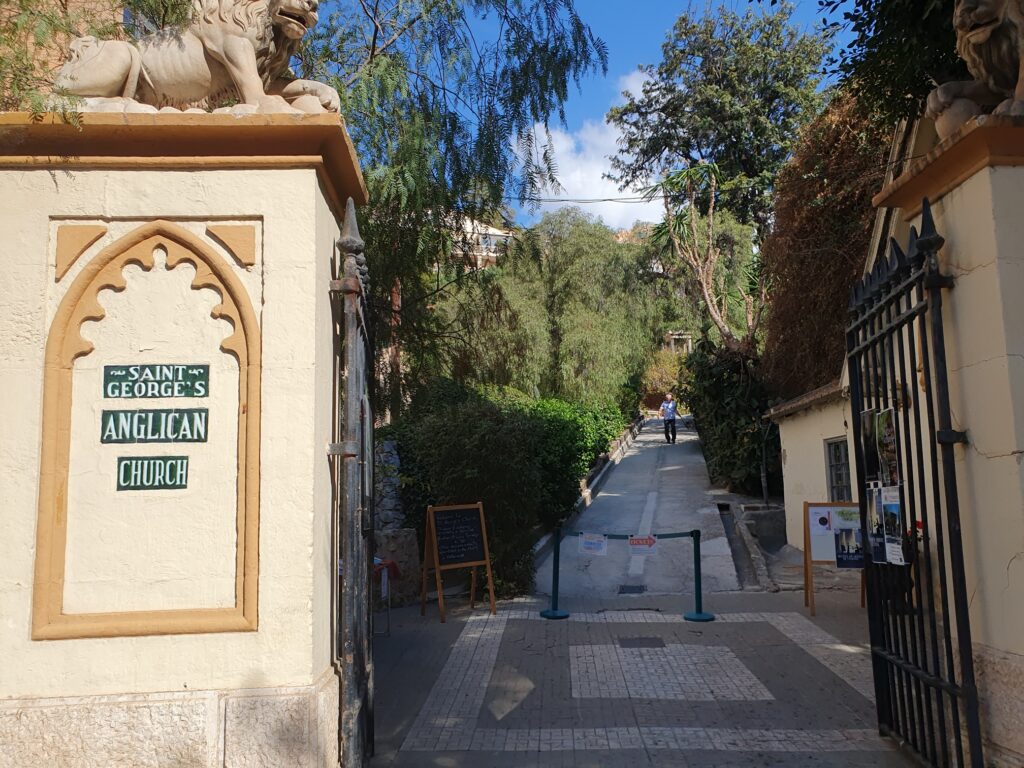
Den engelska kyrkogården i Málaga – ett protestantiskt kulturarv i Medelhavets port
Den engelska kyrkogården i Málaga (Cementerio Inglés) är Spaniens äldsta protestantiska begravningsplats på fastlandet. . […]
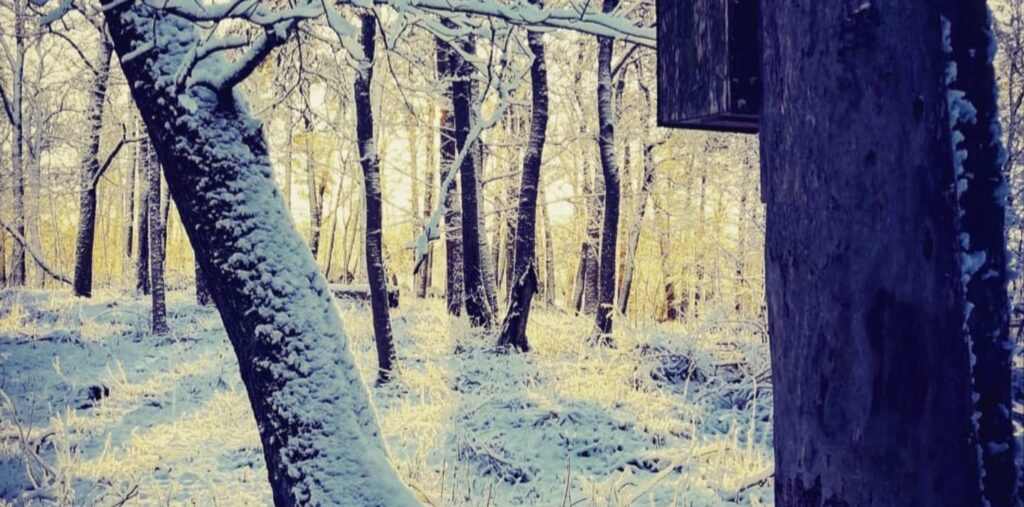
Trädens rytm genom årstiderna
Vi passerar dem varje dag. På väg till jobbet, när vi rastar hunden, eller när vi ser ut genom
vårt fönster. Träden.. […]

Omtag – andra sätt att bygga park
Projektet Omtag – andra sätt att bygga park tar avstamp i en gemensam önskan om att nå längre i arbetet med att skapa rika och mångfunktionella parker. […]
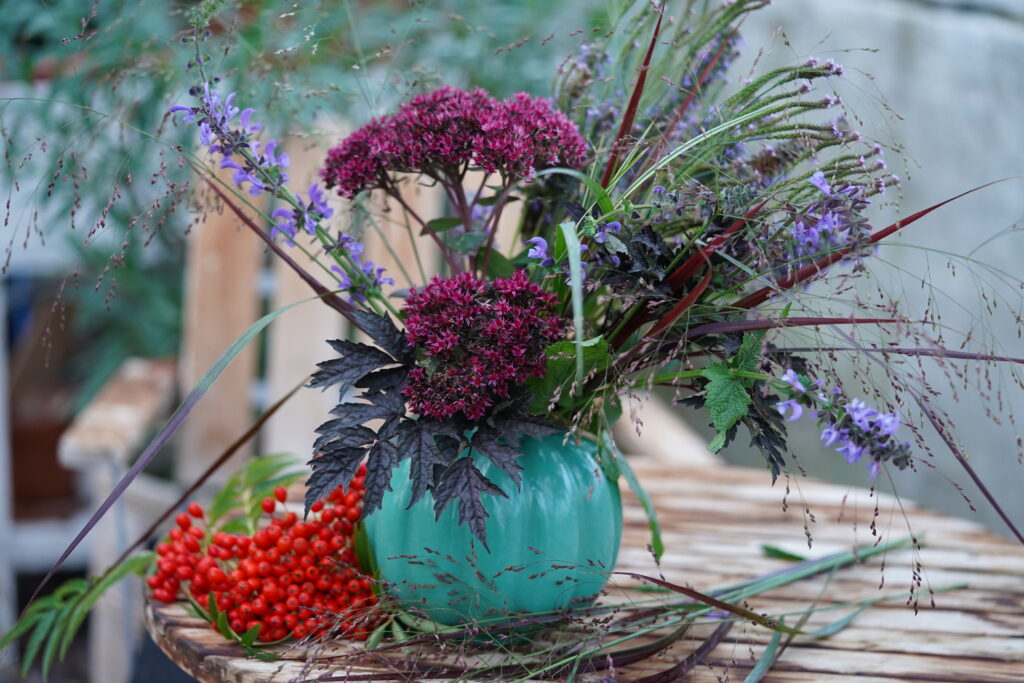
Använd perenner från rabatten till hållbara buketter
Vardagslyx är att sätta in blommor på bordet från den egna trädgården. Eller varför inte låta kyrkogårdarna blomma så att det kan plockas in blommor till högtiderna? […]
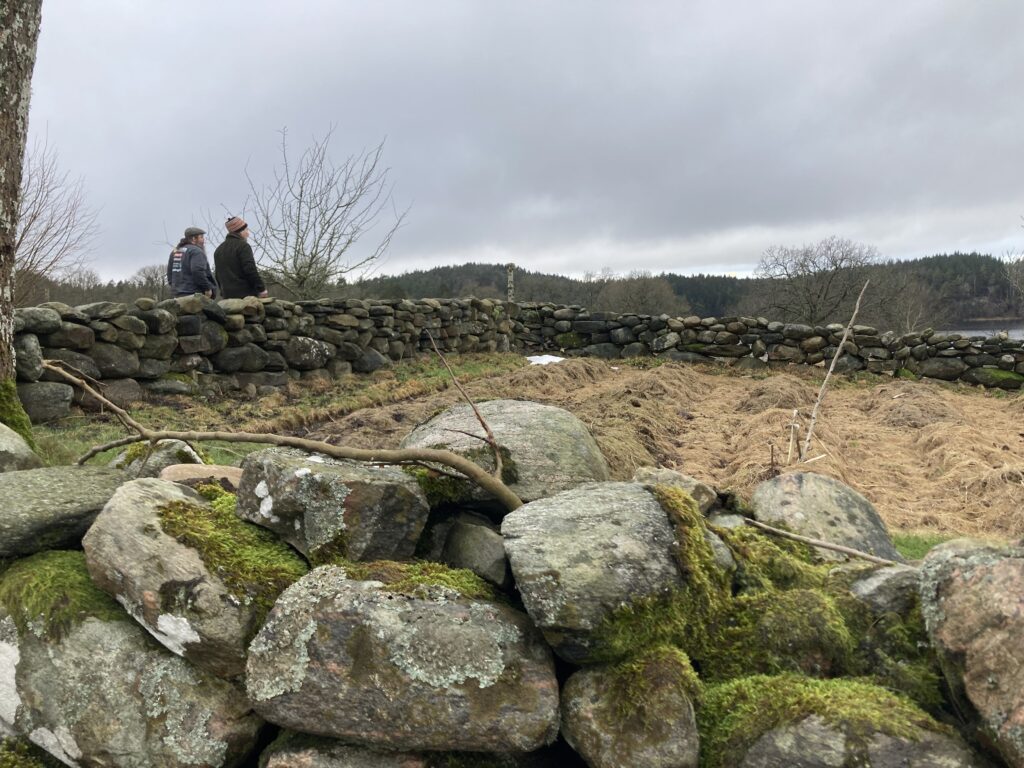
Att förstå och förvalta kallmurade stenmurar
Kallmurade stenmurar blir ofta en fysisk länk mellan dåtid och nutid genom att vara beständiga element i landskapet. De kan också på ett diskret men väldigt pedagogiskt sätt synliggöra uppdelning av markanvändning och vittna om strävsamt och skickligt hantverk.. […]
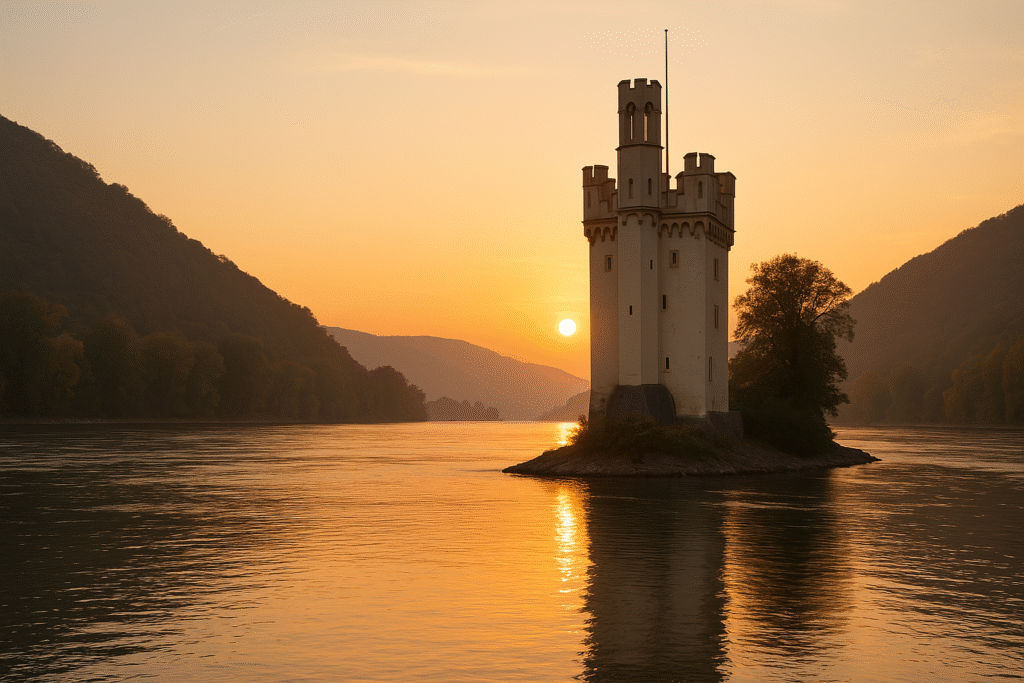
En sista resa på Rhen
Från oktober 2025 blir det tillåtet att sänka urnor i floden Rhen. En ny begravningsform tar plats – med konsekvenser för kyrkogårdar, ekonomi och tradition.. […]
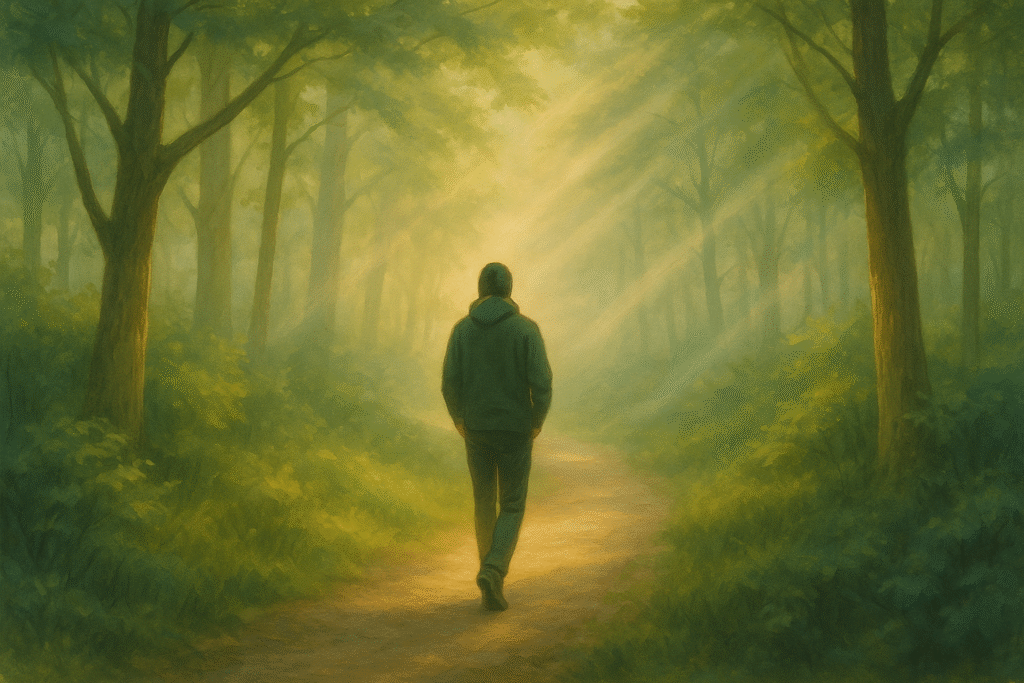
Naturmiljöer och vår problemlösarförmåga
”Sitt inte där och grubbla – gå ut och ta en promenad!” Ett råd som jag tror många av oss har fått när vi fastnat i en frågeställning eller i ett problem. Många av oss har också upplevt att det faktiskt hjälpt att ta en promenad. Men vilka egenskaper ska en naturmiljö innehålla för att kunna ge stöd vid problemlösning? […]

Kommunal vinterväghållning – utblick 2026
Vi går igenom de viktigaste utmaningarna som påverkar kommunernas vinterväghållning – och hur vi kan rusta oss för framtiden. […]
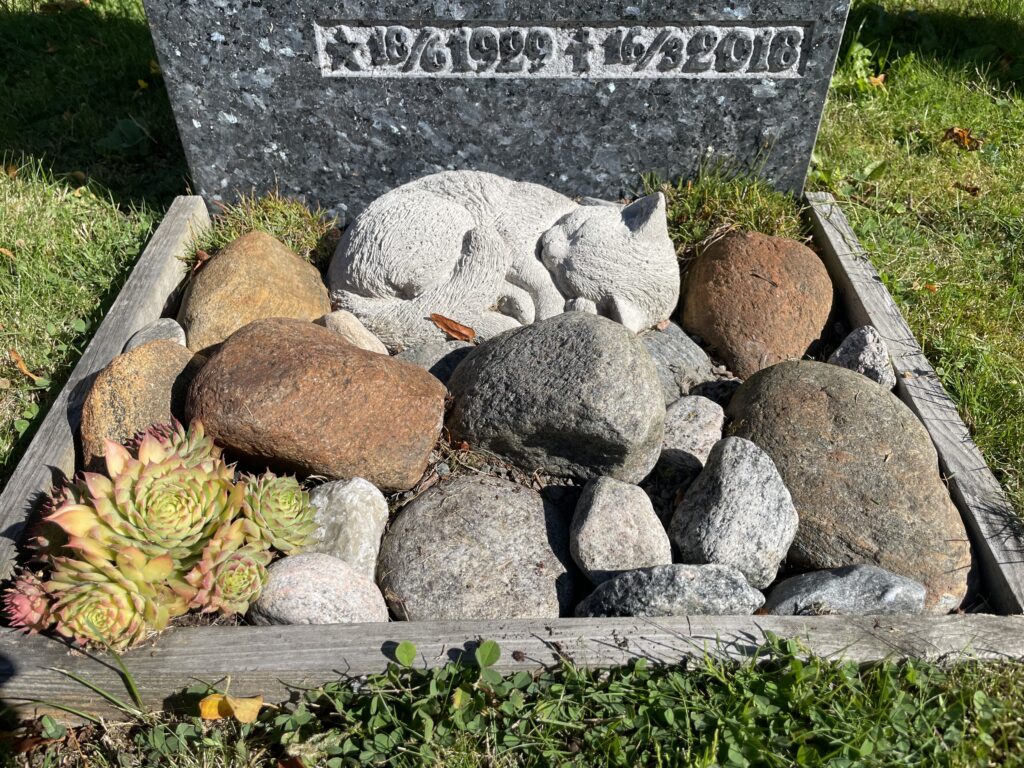
Den personliga graven
Varför speglar inte fler gravar den som vilar där? Jag tror att det finns så mycket historia, tradition och att man inte vill sticka ut. En grav ska vara neutral och smälta in.. […]
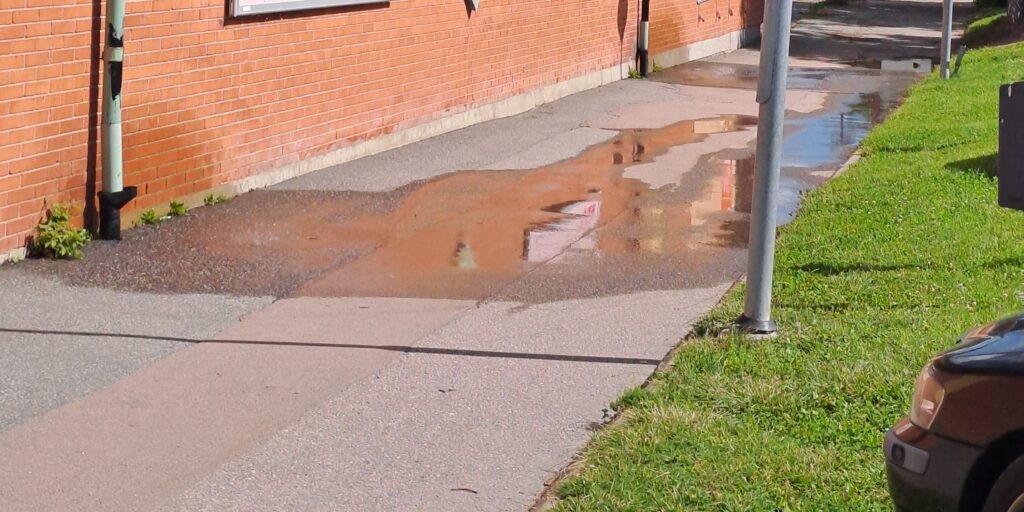
Utmaningar med avvattning – bakfall och igensatta brunnar
Vilken fantastisk sommar vi har haft –
som gjord för att dra på sig regnstället och gummistövlarna och spana vattenflöden på fastigheten/-erna.. […]
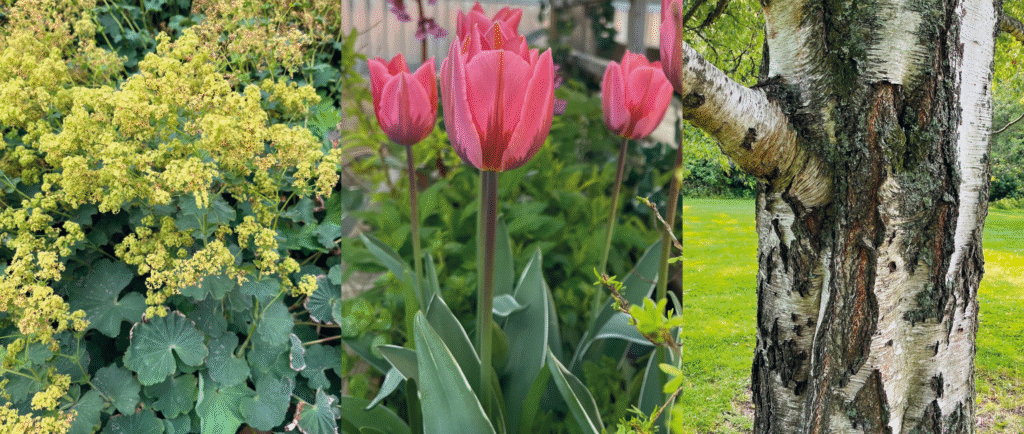
Lär känna de 100 vanligaste växterna
Klicka här för att anmäla dig! Livesänd webbkurs om de 100 vanligaste växterna:Datum: 25 november 2025 Vill du bli säkrare i din växtkännedom? Den här heldagskursen ger dig grundläggande kunskaper om de 100 vanligaste växterna

20 tillbud på en arbetsolycka – därför måste vi prata mer om riskerna i utemiljöarbetet
Det går tjugo tillbud på en olycka – men bara två rapporteras. Med nya arbetsmiljöregler 2025 blir det tydligt att riskerna i utemiljöarbete måste tas på allvar. Läs om tillbud, belastningsskador och vägen mot ett hållbart arbetsliv. […]
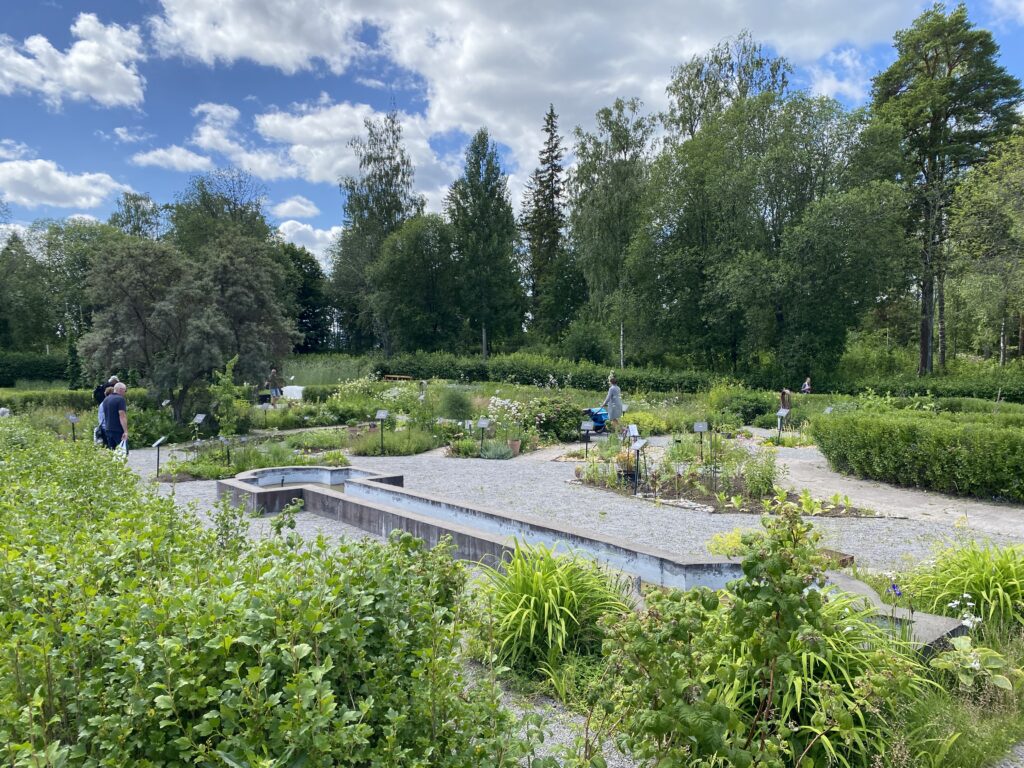
Passa på att besöka en park eller trädgård i sensommartider
Det är härligt att botanisera i parker och upptäcka fina kombinationer. För hur roligt det än är att surfa runt och kolla fina bilder på nätet så är det inte i närheten lika givande som när vi kan se och känna med alla sinnena.. […]
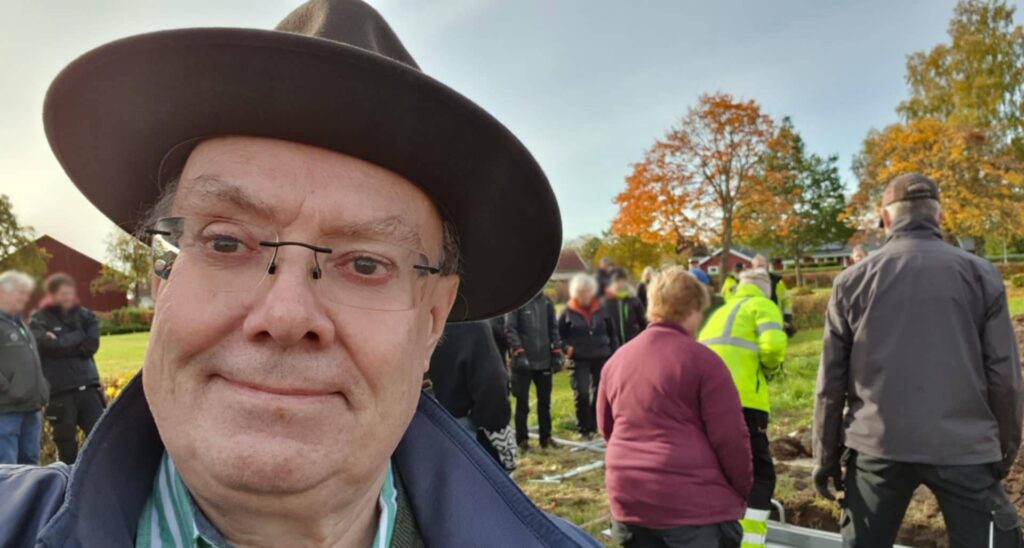
Känner vi varandras arbetsvardag?
Vi behöver prova-på-dagar varje år Oavsett om du jobbar ute eller inne, och oavsett var du står på karriärstegen, är det värdefullt att bredda sitt kunnande och sin erfarenhet. Förståelsen för varandras arbeten är nyckeln
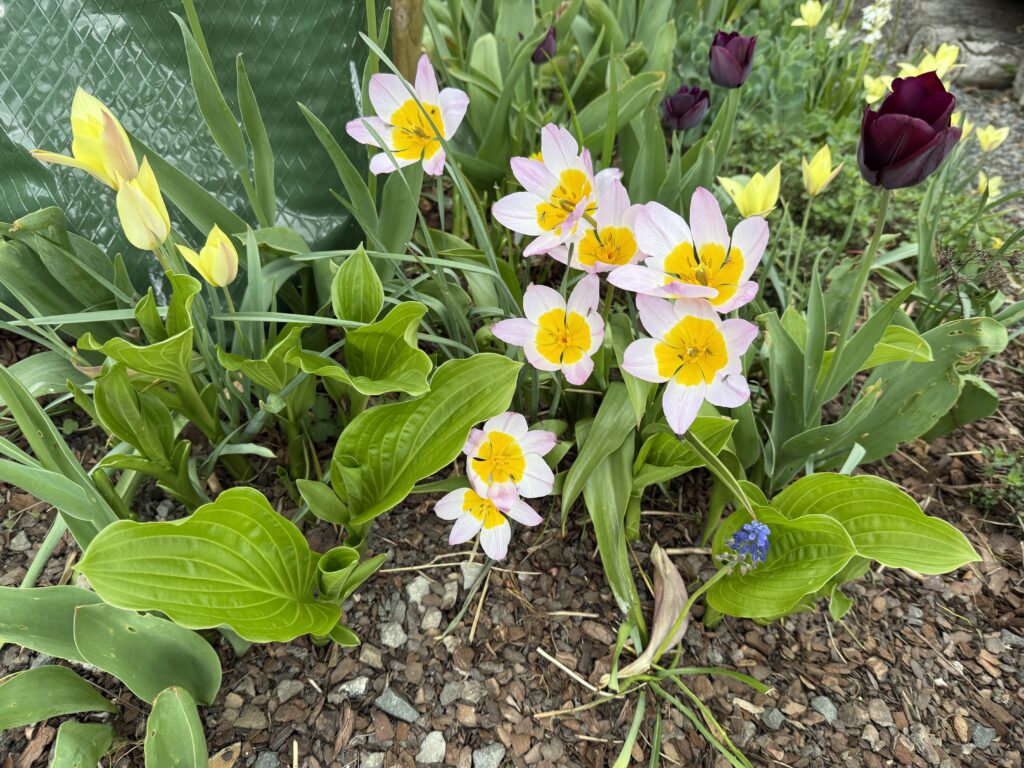
Låt det blomma – det är vår!
När vi nu är i maj har våren kommit till hela vårt avlånga land. Låt dig inspireras av olika kombinationer med lökväxter så kan du måla med hela färgskalan. […]
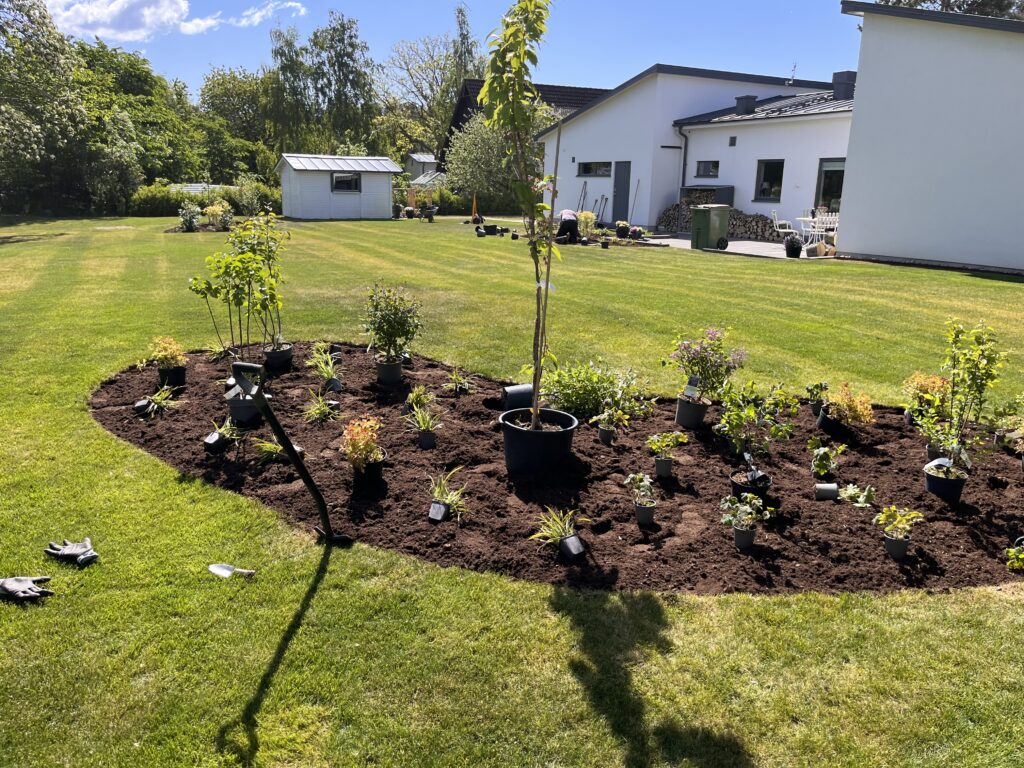
Varför blir det inte som jag hade tänkt mig?
Förväntningar på växter och trädgårdsodling […]
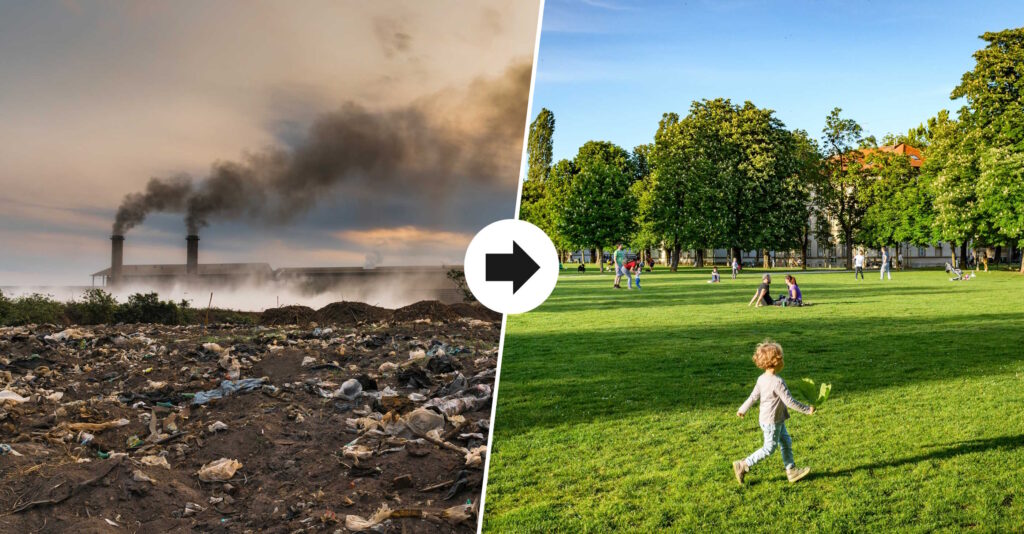
Hållbar marksanering – för grön återanvändning av marken
I en perfekt värld går all mark att återställa till sin forna glans, men så är det tyvärr inte (ännu). Det finns markområden som inte kan återanvändas helt utan vidare, men en överraskande stor andel kan faktiskt saneras och bli säker att bygga på […]
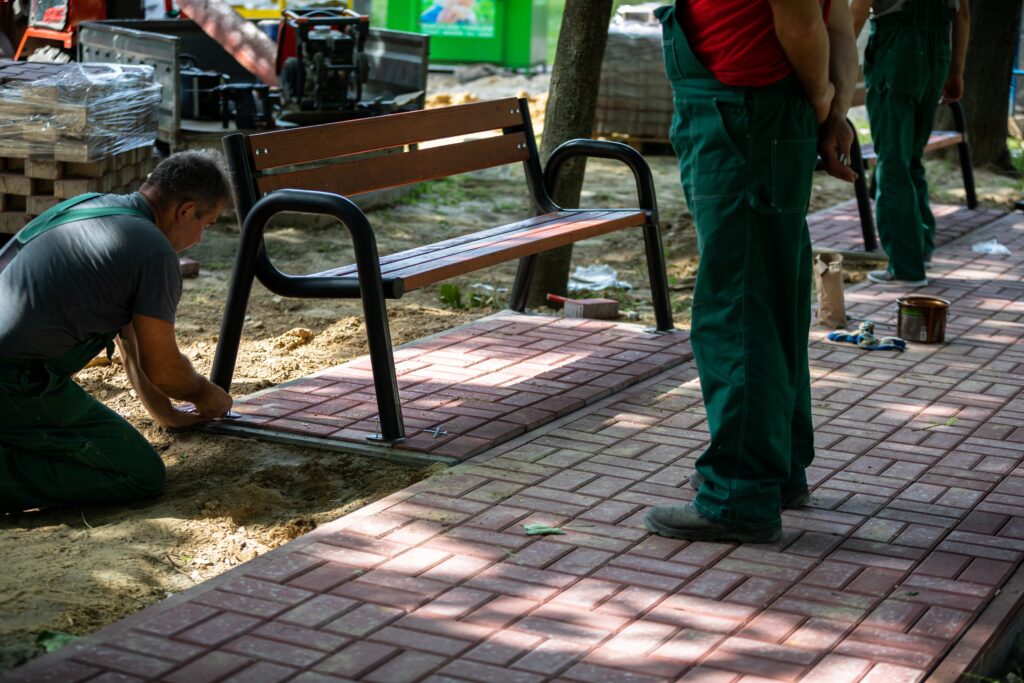
Synliggör underhållsbehovet
Underhållsskulden pratades det mycket om redan för 15 år sedan. Det vi redan då visste är att när proppen åker ur flaskan kommer det att välla fram allt möjligt […]
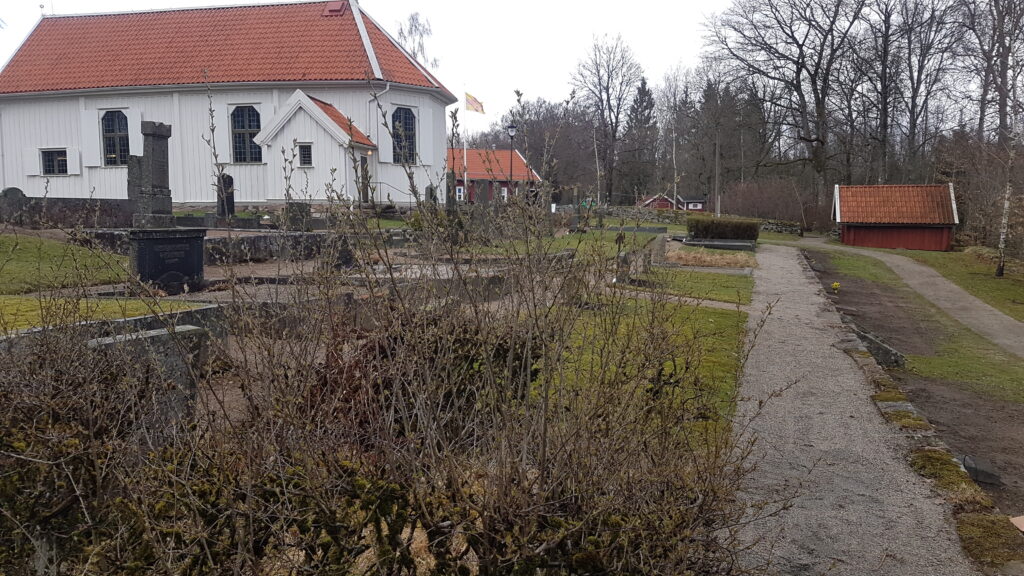
Låt årsklockan styra kyrkogårdsarbetet
Vad är en årsklocka? Det är ett systematiserat schema för arbetsuppgifterna, hur omfattande de är och när de utförs under arbetsåret […]
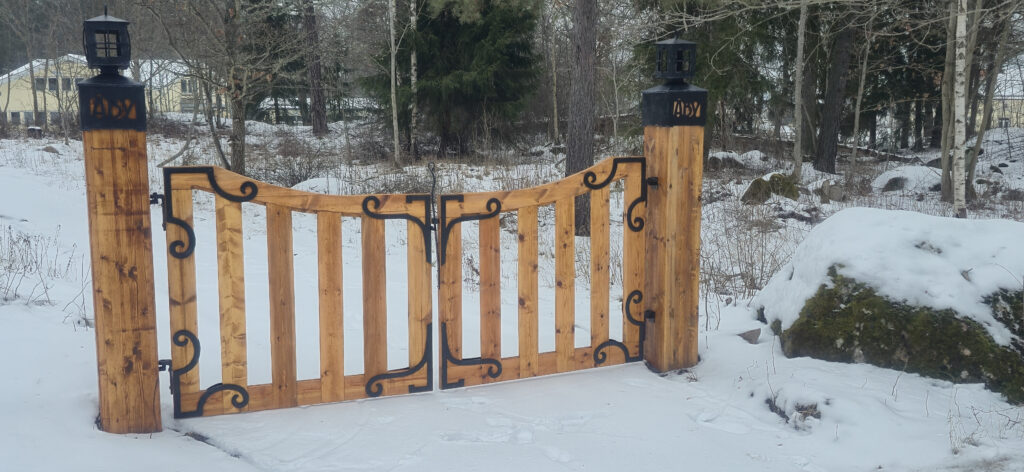
Grönyteskötsel förädlar anstalter
Svenska anstalter har stor potential att utveckla park och trädgård till attraktiva anläggningar. Klienter erbjuds meningsfull sysselsättning och följer övergripande och levande strategier för utformningen genom enskilda skötselinsatser […]
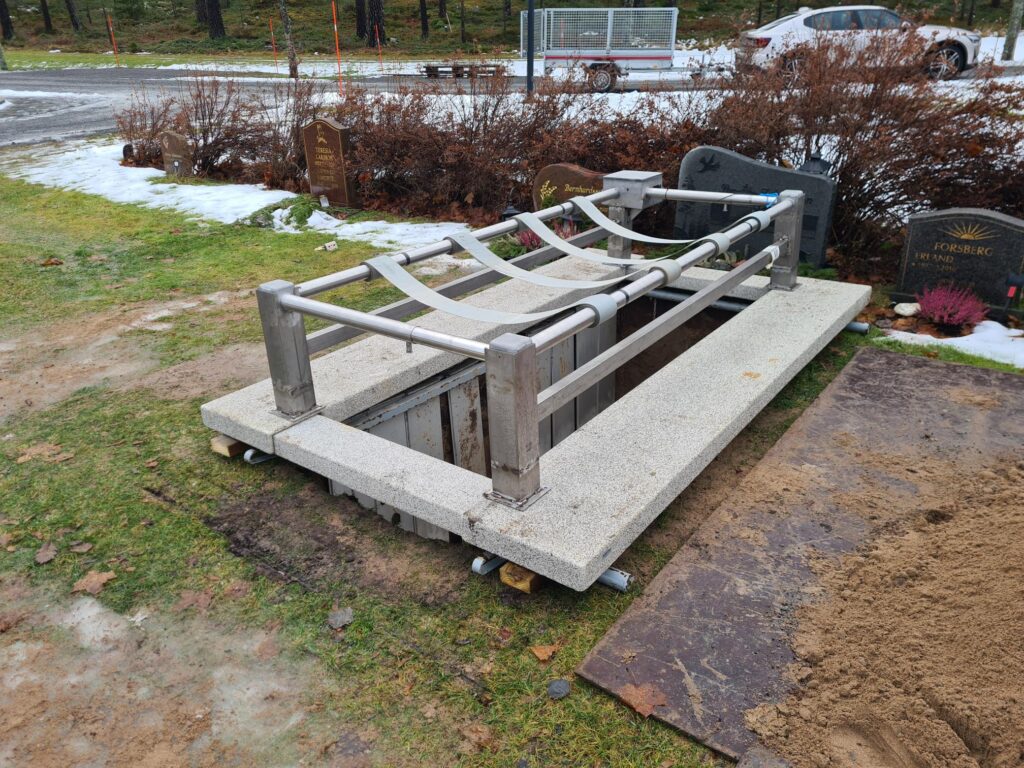
Använd en elektrisk kistsänkare – spara ryggarna och klara arbetsmiljökraven
Det är dags att prata klarspråk om en viktig vardagsfråga som handlar både om etik och arbetsmiljö. Vid kistgravsättning har vi fem olika möjligheter att sänka kistan […]

Se upp med rasrisken vid återfyllning efter kistgravsättning
Många tror att risken för ras är över när graven är grävd och stämpad, men i själva verket kan den vara som störst vid återfyllningen […]

